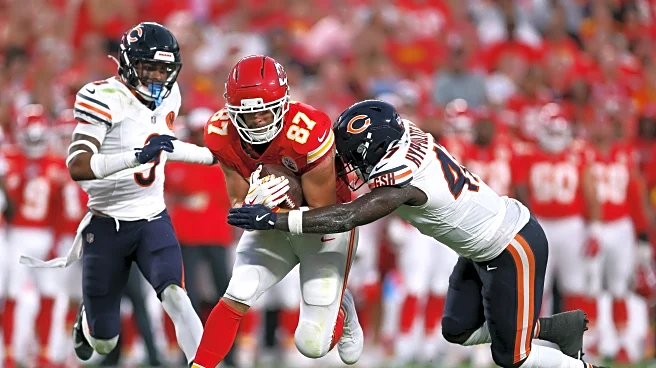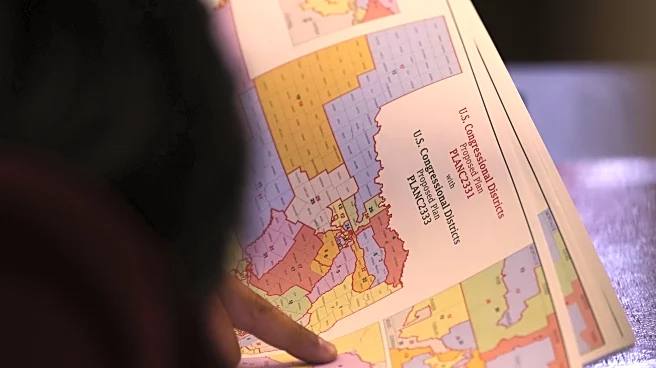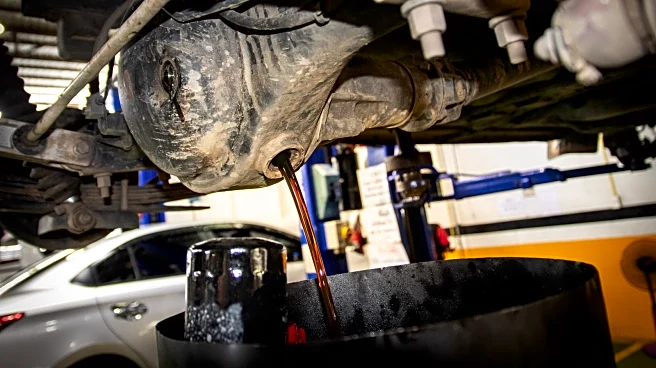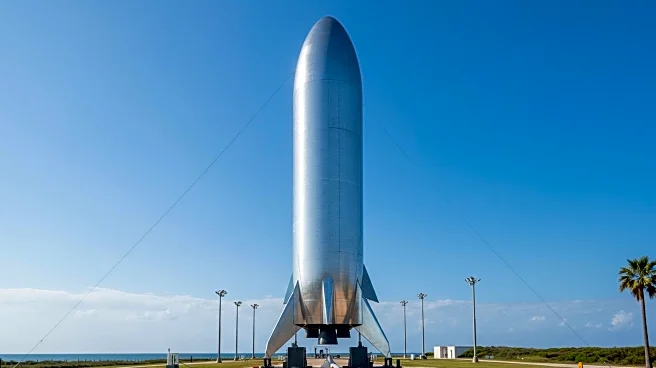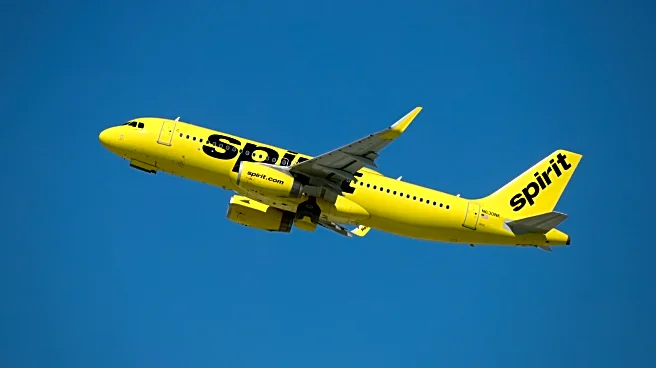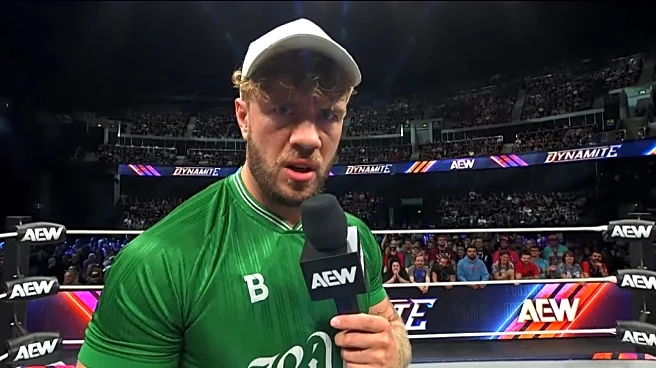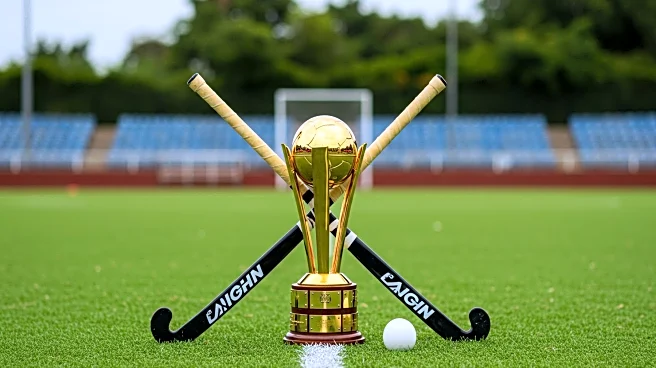
People have been putting bumper stickers on their cars since the 1940s, when a Kansas City screen printer named Forrest P. Gill invented them. Gill got his hands on some adhesive-backed paper and fluorescent paint left over from World War II, and the rest is history. Bumper stickers were first used as a form of mobile advertising for tourist attractions like Marine Gardens in Florida, and then politicians began getting in on the action for the 1952 presidential election, which was the first election in which bumper stickers were used to advertise
candidates. Since then they've come a long way, for example, now bumper stickers are used to let Tesla owners tell off Elon Musk.
Yet for as long as bumper stickers have been around (some 80 years at this point), folks have no doubt been trying to remove them. Some folks suggest solvents or soaps, others heat or cold, and most report a little elbow grease is required as well. And whatever you do, go slowly and follow any relevant manufacturer guidelines for solvents and such, since that's the key to avoiding paint damage.
The obvious problem is that bumper stickers are specifically designed to stick to bumpers for the long haul. Worse, the glue has a tendency to break down over time in a way that hardens it and creates an even stronger bond between the sticker and your car. That's why there's really no one-size-fits-all solution for removing them, even some eight decades after the first stickers were stuck to bumpers.
Read more: These Mods May Look Good, But They'll Just Make Your Car Slower
Heat And Solvents Loosen Sticker Adhesive Without Damaging Paint

The first step is to loosen the sticker adhesive, which is something you can do with either heat or cold. For the former, try blowing a hair dryer or heat gun over the sticker surface, but keep moving so the heat isn't focused on just one spot. This can help soften the glue to make it simpler to peel off. At the other extreme, cooling down the sticker with an ice pack before trying to remove it may be effective. You just have to remember that exposing your paint to extreme heat or cold for an extended period of time could damage or weaken the paint.
As you're peeling, you're likely to have to scrape away what's left of the sticker residue. It's best to use something with a relatively dull edge, like a credit card. A razor blade is fine on glass, but isn't recommended for cars, as it can easily cut through your paint's clearcoat.
Solvents such as Goo Gone, rubbing alcohol, or WD-40 — originally invented to stop missiles from rusting — can weaken the adhesive bonds as well, or if you're more focused on staying environmentally friendly, white vinegar can be tried as a more natural solvent. The thing is, you can't leave these products on your car's finish too long or it could start eating away at your paint the same way it eats away at the sticker adhesive. As mentioned, pay close attention to how you're supposed to use a product before trying it on your car.
Avoiding And Assessing Bumper-Sticker Damage

The best way to make sure stickers don't damage your car's paint is not to put them on your bumper in the first place. After all, you can be risking your paint just by washing your car the wrong way. If there's a sticker you really want to show off, consider putting it on your windows instead. It's less hassle to remove stickers from glass without damage than from painted metal because glass is more scratch- and heat-resistant. In addition, to get off residue, you can use specially formulated cleaning products meant to clean glass safely. If you just can't resist putting flair on your car's metal, try decals with "low-tack" adhesive or magnet-style stickers.
Changing stickers on a regular basis is another fantastic solution. Taking them off and replacing them with new ones gives you a chance to clean beneath the old stickers, and their glue is less likely to have hardened to the point where you need to take extraordinary removal measures. But remember, even if you get a bumper sticker completely off without damaging the paint, there still may be a noticeable difference between the spot where the sticker was and the rest of your car. After all, the rest of your car has been exposed to sunlight and harsh weather conditions that can dull or fade your paint, leaving it a different shade of color than the sticker-protected area. That's something you'll be stuck with unless you repaint.
Want more like this? Join the Jalopnik newsletter to get the latest auto news sent straight to your inbox...
Read the original article on Jalopnik.
